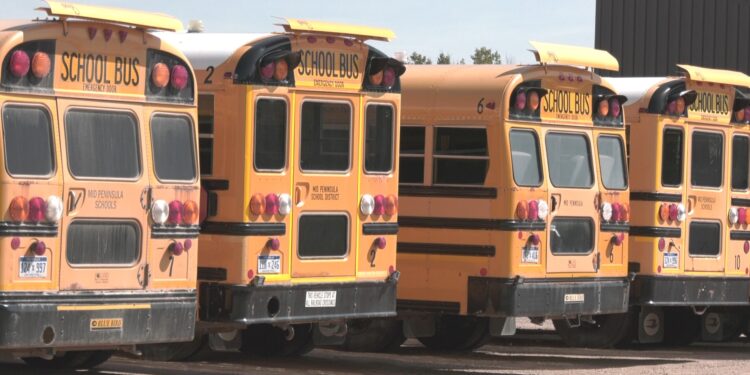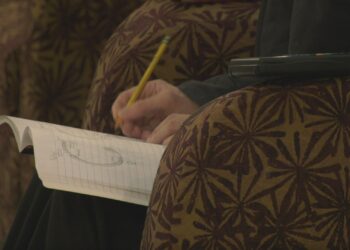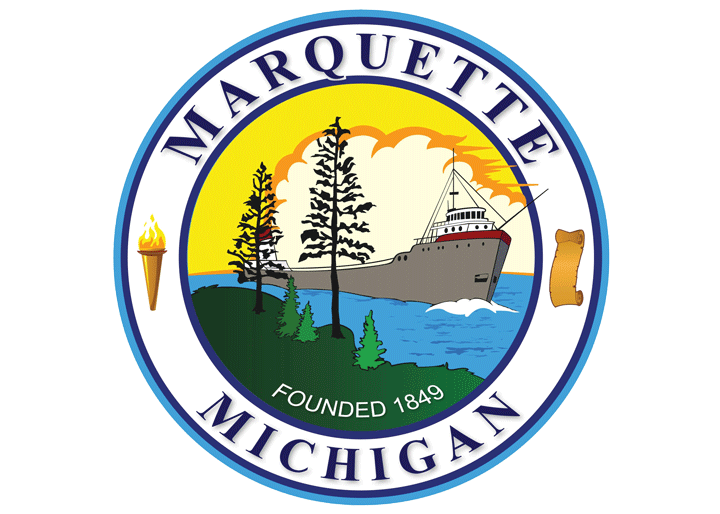LANSING, Mich. (WZMQ) – Bus drivers across the Upper Peninsula travel the extra miles just to get students to school. Typically, the extra transportation costs come out of the regular per-pupil budget; taking away from classroom resources.
The School Finance Research Collaborative did a study back in 2018 that showed rural districts had higher transportation costs, prompting Michigan’s Department of Education (MDE) to start advocating for an extra pool of money to be set aside specifically to address transportation costs. MDE’s Deputy Superintendent for Business, Health, and Library Services, Diane Golzynski said they were finally able to secure that funding last school year.
“So what we have in the UP is the number of districts that have large amounts of geographical area to cover and a smaller number of students in which they are transporting over that space,” Golzynski said. “What that means in transportation for our rural school districts is the ability to provide additional funding where our districts are spending so much more in order to transport kids from home to school and back.”
Golzynski explained that the program has districts spit up into quartiles based on their geographical sizes. Quartile 1 is designated for districts that take up the largest amount of space for the fewest students, while quartile 4 represents the smallest area with the most students. She said quartile 1 receives almost double what quartile 4 does on a per-pupil basis, which has freed up general fund money to allow those districts to hire additional paraprofessionals and teachers, and give the teachers that they have additional funding.
Golzynski said MDE is also creating incentives to get districts to switch to electric school buses. The MI Clean School Bus grants will be given to districts to replace an old diesel bus, with a new EV model. The department is budgeted $125 million from the School Aid Fund to give to districts that make the switch. Rural districts are also set to receive additional funds for participating. Golzynski says it’s money they hope to see U.P. districts take advantage of.
“The new electric bus technologies are not the same as the old electric bus technologies,” Golzynski said. “These buses can start in the cold, They can handle the number of miles.”
Golzynski said it’s the first time since the 90s that school transportation has recieved designated funding, and it will help them meet targets listed in the State’s Strategic Education Plan under goal 8, adequate and equitable school funding. She said they’re excited to finally be able to provide an equitable, region-based solution for schools, and acknowledge the difference in the cost of transportation for U.P. schools.


















